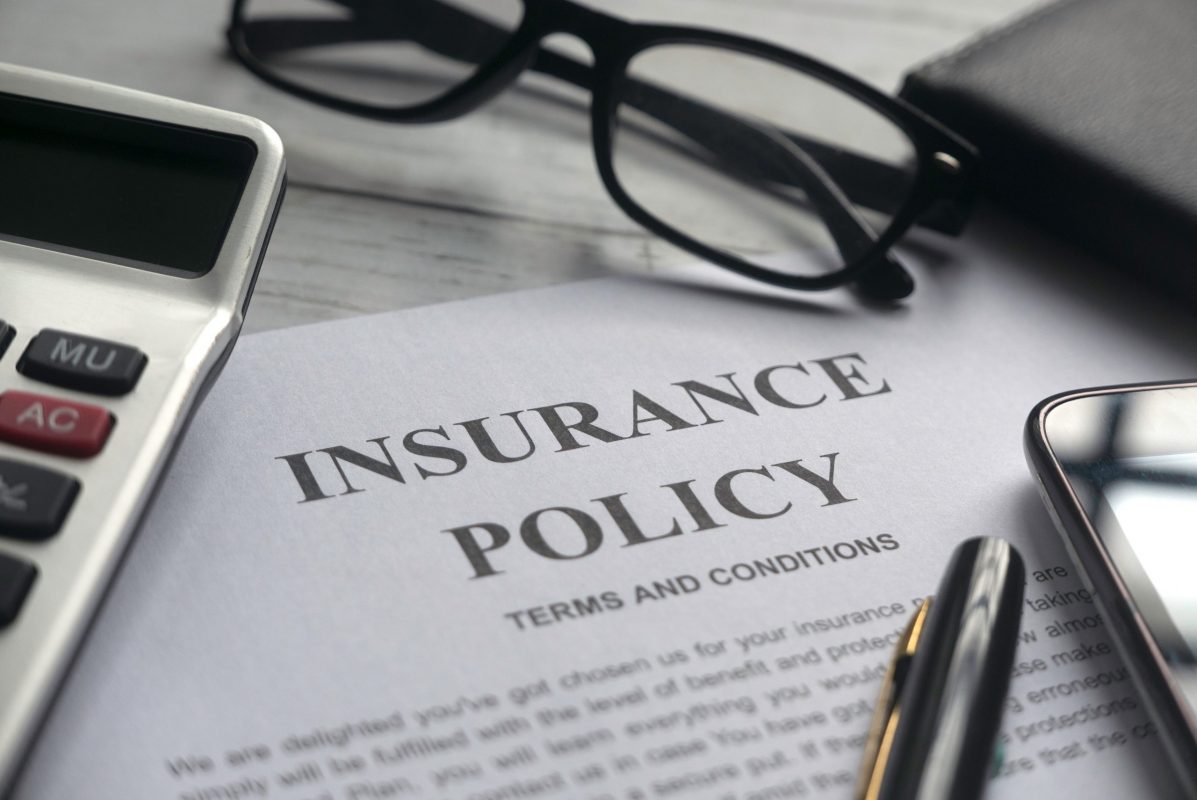Amazon Product Liability Insurance: New Requirement For Amazon Sellers
Amazon has made an announcement of a long-standing policy that all Amazon sellers with over US$10.000/month in sales are required under your selling agreement with Amazon to carry liability insurance over the products they sell on Amazon.
The requirement is that all sellers need $1 million in liability coverage, per occurrence and in aggregate, to meet Amazon’s sellers insurance requirements for Pro Merchants. This helps protect your business and Amazon from financial losses and compensation if you are accused of causing an injury or property damage related to products you are selling on Amazon.
Please note that the US$10,000 sales guideline is only for sales that occur after September 1, 2021. Sales made prior to this date will not be taken into account. This requirement applies to all sellers – whether you’re doing private label, retail arbitrage, or distribution.
What is product liability insurance and why do you need this insurance?
Product liability insurance covers the cost of compensating anyone who is injured by a faulty product that your business designs, manufactures or supplies. That helps protect you from claims seeking compensation for personal injury and/or product damage.
Under this type of insurance policy, your insurance provider will pay for claims of compensation, up to your policy maximum, and/or damages as well as the legal costs when customers bring lawsuits against you or your company.
For customer claims of $1000 or less, Amazon will resolve the claim through a concession to the customer and will not request reimbursement from you or your insurer if you provide proof of valid insurance.
What is the Amazon Insurance Accelerator program?
Although Amazon sellers have long been required to obtain product liability insurance, recently, Amazon has introduced the Amazon Insurance Accelerator program to make it more easy and affordable for sellers to safeguard their business.
The program was announced on August 8, 2021 as part of the September 1, 2021 policy update. Amazon Insurance Accelerator is a network of insurance providers that work with small businesses to evaluate and, if appropriate, offer liability insurance at competitive rates to qualifying sellers. The accelerator will speed up the process for sellers to apply for and get approved for product liability insurance in particular. Sellers only pay for the cost of the insurance itself.
Participating insurers include Harborway Insurance with policies underwritten by Spinnaker Insurance Co., Chubb, Liberty Mutual Insurance, Hiscox, Marker and Traveller, NEXT Insurance, Simply Business, Inc. and Bold Penguin.
Using an insurance provider within Amazon Insurance Accelerator is only a recommendation. Any providers who can meet the requirement from Amazon are possible so you can comfortably continue to obtain insurance from any qualified insurance provider of your choice.
What are Amazon’s insurance policy requirements?
- The insurance policy type can be either Commercial General Liability (CGL), Umbrella and/or Excess Liability and be occurrence based;
- The policy limit must be at least $1 million per occurrence and in aggregate, and cover liabilities caused by or occurring in conjunction with your business operations, including:
- Product liability
- Products/complete operations
- Bodily injury
- Personal injury
- Broad form property damage
- Broad form contractual coverage
- Your insurance provider must have global claim handling capability and a financial rating of S&P (you can see here) A- and/or AM Best (you can check here) A- or better (if S&P or AM best is not valid or used in the country where you are required to obtain insurance, a local equivalent is allowed);
- Your insurance provider must give Amazon at least 30 days’ notice of cancellation, modification or nonrenewal;
- The policy must name “Amazon.com Services LLC and its affiliates and assignees” as additional insureds;
- The deductible for any policy(ies) must not be greater than $10,000 and any deductible amount must be listed on the certificate(s) of insurance;
- The policy must cover all sales from products you have listed on the Amazon website;
- Your insured name must match the “legal entity” name you provided to Amazon;
- The policy must be completed in its entirety and signed; and
- The policy must be valid for at least 60 days from the date of submission.
What happens if sellers don’t have their liability insurance?
There is no official announcement of consequences regarding no product liability insurance being held by sellers by September 1, 2021. But it could be the first step towards the enforcement of having this product liability insurance. Getting ready for your business before the worst case happens is always necessary if you want to build a stable, healthy seller account on Amazon. So Gearment highly recommends you to have product liability insurance following Amazon’s instructions.
What to do when you have got the insurance?
You should upload your Certificate of Insurance (COI) as proof of liability insurance coverage within 30 days of receiving the email from Amazon on the Business Insurance page in Seller Central account settings. The document can be uploaded in .pdf, .doc, or .docx format.


Related Posts:
Everyone will feel appreciated when receiving a personalized gift message within their orders. By grasping this customer’s behavior, sellers can build brand loyalty and boost sales with the Configuration Gift [...]
What is ShopBase? Founded in 2019, ShopBase is an eCommerce platform allowing everyone to build stores and sell online. The platform makes it easy to sell any product, manage inventory, [...]
eBay is an online shopping site that’s best known for its auctions and consumer to consumer sales. It’s also extremely popular for online merchants to use as a sales channel. [...]